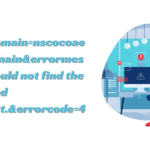The Future of 3D Visualization: Emerging Trends and Innovations
- 1 Historical Milestones in 3D Visualization
- 2 Enhancing Realism in 3D Environments
- 3 Predictive Analysis of Technological Advancements
- 4 3D Visualization in Big Data and Analytics
- 5 The Integration of AI with 3D Visualization
- 6 The Future of 3D Visualization in Various Industries
- 6.1 Healthcare:
- 6.2 Education:
- 6.3 Manufacturing:
- 7 Get Started Today with 3D Rendering Software and Animation.
3D visualization has transformed from simple hand-drawn sketches to highly immersive, interactive digital environments. This evolution has revolutionized industries like architecture, gaming, and entertainment, setting the stage for future innovations that further blur the lines between the physical and digital worlds. As we look ahead, it’s clear that 3D visualization will continue to play a pivotal role in designing, communicating, and interacting with digital environments. Let’s look at the future of 3D rendering software and animation and some of the most innovative trends.
Historical Milestones in 3D Visualization
The journey of 3D visualization began with rudimentary tools and techniques that laid the groundwork for today’s sophisticated digital environments. Early milestones include the development of perspective drawing during the Renaissance, which introduced a more realistic representation of three-dimensional space on a two-dimensional plane. This revolutionary technique gave artists and architects a more accurate way to depict spatial relationships.
The advent of computer graphics in the mid-20th century marked a significant leap forward. Ivan Sutherland’s 1963 invention of Sketchpad, the first computer-aided design (CAD) program, was a groundbreaking development that allowed users to create and manipulate geometric shapes on a computer screen. This innovation laid the foundation for modern 3D modelling and rendering techniques.
As computing power increased, so did the complexity and realism of 3D visualizations. In the 1980s and 1990s, software like AutoCAD and 3D Studio Max became industry standards, enabling professionals to create detailed models and animations. These tools were instrumental in architecture, engineering, and entertainment, allowing for the creation of complex structures, products, and visual effects that were previously impossible.
Enhancing Realism in 3D Environments
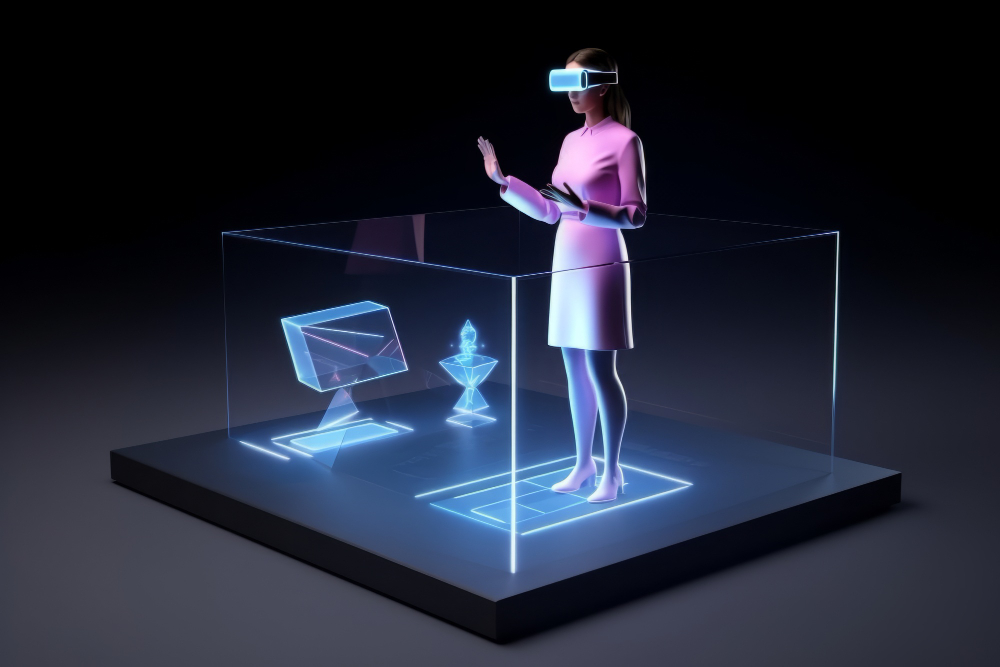
Today, 3D visualization technologies have reached unprecedented levels of realism, mainly due to advances in rendering techniques, texture mapping, and lighting simulations. Photorealistic rendering, which aims to create images indistinguishable from photographs, has become the gold standard in many industries.
Ray Tracing Technology:
One of the most significant advancements in enhancing realism is ray tracing. Ray tracing simulates the behaviour of light as it interacts with objects in a scene, accurately rendering reflections, refractions, and shadows. This technique, once limited to high-end movie productions due to its computational demands, is now becoming more accessible thanks to the development of more powerful GPUs and optimized algorithms. The result is a level of visual fidelity that brings virtual environments closer to reality than ever before.
Advanced Texture Simulation:
Another critical factor in achieving realism is texture simulation. Modern 3D visualization tools with incredible accuracy can simulate various materials, from rough concrete to shiny metal. Techniques such as bump mapping, normal mapping, and displacement mapping allow for the creation of detailed surface textures that react dynamically to lighting and camera angles, further enhancing the illusion of reality.
Sophisticated Lighting Techniques:
Lighting is crucial in perceiving depth and form in a 3D environment. Global illumination techniques, which simulate how light bounces around a scene, have greatly improved the realism of 3D visualizations. Coupled with physically-based rendering (PBR), which ensures materials respond to light in a manner consistent with the laws of physics, these techniques create lifelike images virtually indistinguishable from real-world scenes.
Predictive Analysis of Technological Advancements
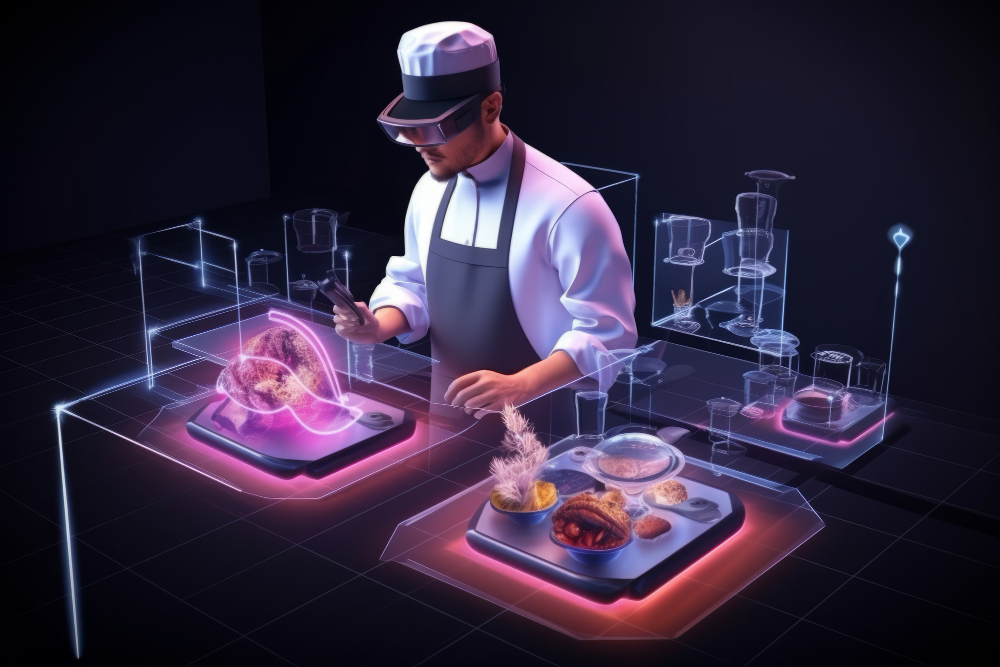
The future of 3D visualization is not just about creating more realistic images; it’s also about harnessing the power of artificial intelligence (AI) and machine learning (ML) to predict trends, optimize workflows, and open up new creative possibilities.
AI-Driven Predictive Visualization:
AI and ML are set to revolutionize 3D visualization by enabling predictive visualization. This approach involves training AI algorithms on vast datasets to forecast trends and outcomes in various fields. For example, in urban planning, predictive visualization could be used to simulate the impact of new infrastructure on traffic patterns, helping planners make more informed decisions. In product design, AI could predict how different design choices might affect a product’s performance or appeal, allowing designers to iterate more efficiently.
Automation and Optimization:
AI is also streamlining the 3D visualization process by automating repetitive tasks. For instance, AI-powered tools can automatically generate 3D models from 2D images, reducing the time and effort required to create complex scenes. Additionally, ML algorithms can optimize rendering settings to achieve the best balance between quality and performance, ensuring that even highly detailed scenes can be rendered quickly and efficiently.
Generative Design:
Beyond optimization, AI enables entirely new forms of creativity through generative design. This technique uses algorithms to explore various design possibilities, generating forms and structures that human designers might not have conceived. In 3D visualization, generative design can be used to create complex environments, architectural forms, or product designs that are both aesthetically pleasing and functionally optimized.
3D Visualization in Big Data and Analytics
As data grows in volume and complexity, traditional data analysis methods are becoming increasingly inadequate. 3D visualization is emerging as a powerful tool for making sense of big data, transforming abstract numbers and relationships into intuitive, spatial representations that are easier to understand and interpret.
Advanced-Data Visualization:
In fields like finance, healthcare, and logistics, 3D visualization creates advanced data visualizations that reveal patterns and insights that would be difficult to detect in traditional 2D charts and graphs. For example, a 3D financial data visualisation might reveal correlations between different markets or identify trends that could impact investment strategies. In healthcare, 3D visualizations of patient data can help doctors identify potential health risks or track the progression of diseases over time.
3D Geographic Information Systems (GIS):
One of the most exciting applications of 3D visualization in big data is in geographic information systems (GIS). 3D GIS allows visualising spatial data in three dimensions, providing a more comprehensive view of geographic relationships. This is particularly useful in urban planning, environmental monitoring, and disaster management, where understanding the spatial relationships between elements is crucial. For example, 3D GIS can simulate the impact of natural disasters on urban areas, helping planners develop more effective response strategies.
The Integration of AI with 3D Visualization
Integrating AI with 3D visualization enhances the realism and efficiency of visualizations and unlocks new creative possibilities. AI automates repetitive tasks, generates design suggestions, and creates 3D environments based on simple inputs.
AI-Enhanced Creativity:
AI is being used to push the boundaries of creativity in 3D visualization. For example, neural networks trained on vast libraries of images and designs can generate new ideas and concepts, offering designers inspiration or new directions for their work. This is particularly valuable in fashion, interior design, and architecture, where innovation is critical to staying ahead.
Procedural Content Generation:
AI creates procedural content in the gaming and entertainment industries, where environments, levels, and characters are generated algorithmically. This allows for building vast, complex worlds with a level of detail that would be impossible to achieve manually. Procedural content generation is also used in virtual reality (VR) and augmented reality (AR) applications, where the demand for large, immersive environments is increasing.
The Future of 3D Visualization in Various Industries
The impact of 3D visualization extends far beyond the realms of design and entertainment. As technology continues to evolve, it is poised to revolutionize various industries, from healthcare to education to manufacturing.
Healthcare:
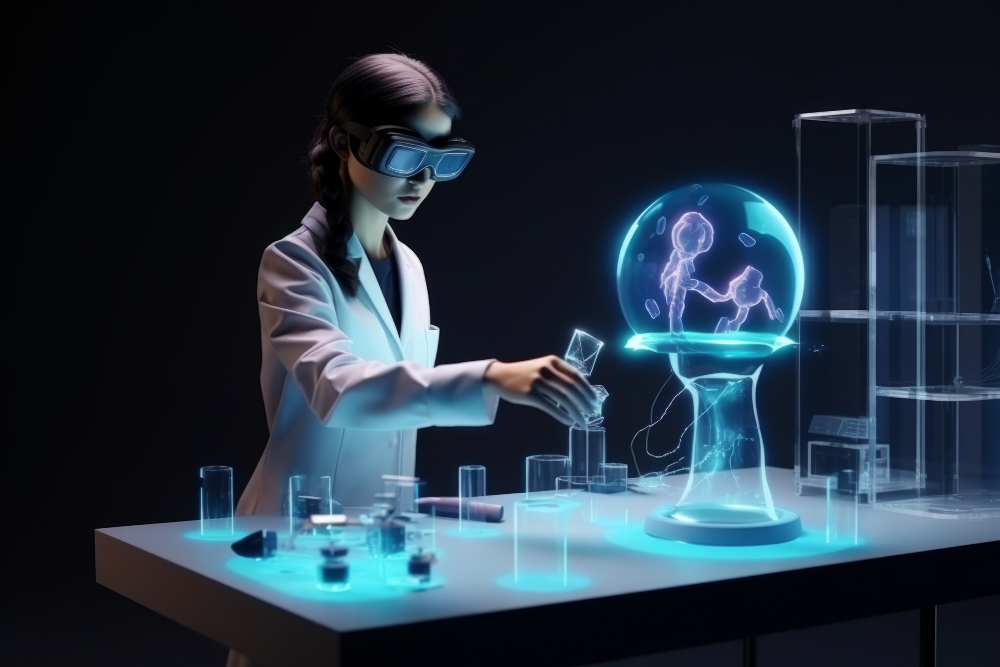
In healthcare, 3D visualization creates detailed human anatomy models, allowing doctors to plan surgeries more precisely and educate patients about their conditions. AI integration enables even more advanced applications, such as predictive modelling of disease progression and personalized treatment planning.
Education:

In education, 3D visualization transforms how students learn by providing immersive, interactive experiences that enhance understanding and retention. From virtual dissection labs in biology to 3D models of historical landmarks in history, these tools are making learning more engaging and effective.
Manufacturing:
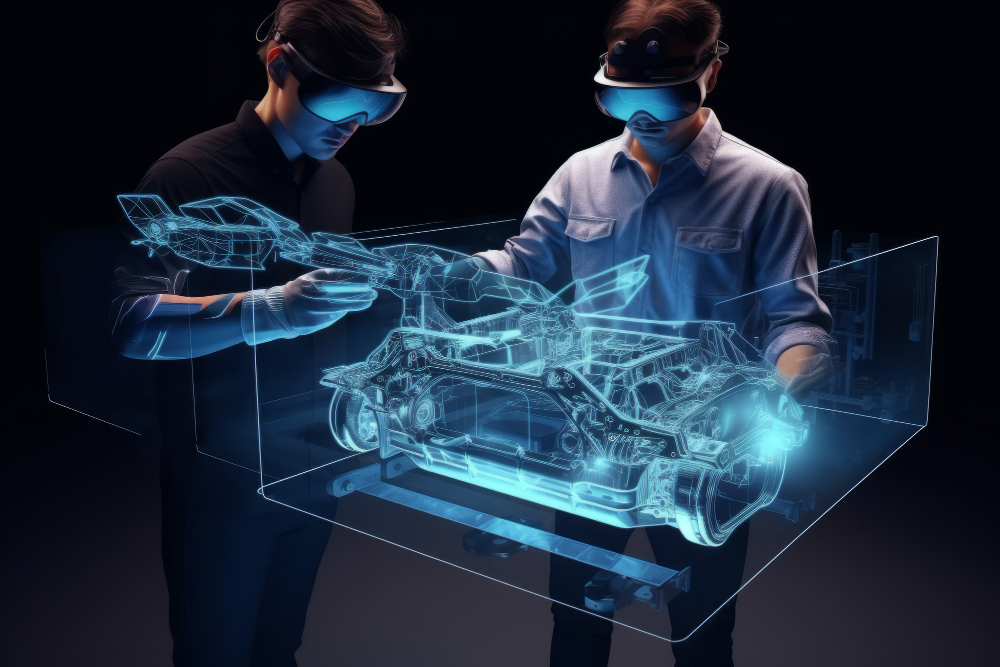
In manufacturing, 3D visualization is used to optimize production processes, improve product design, and enhance quality control. By visualizing complex assembly processes in three dimensions, manufacturers can identify potential issues before they arise, reducing waste and improving efficiency.
Get Started Today with 3D Rendering Software and Animation.
The future of 3D visualization is full of exciting possibilities that will continue to transform how we design, communicate, and interact with digital environments. Whether you’re an architect, a product designer, or a game developer, embracing these emerging trends and innovations will be crucial to staying competitive in an increasingly digital world.
If you’re ready to take your projects to the next level, contact a 3D rendering software and animation company today. With state-of-the-art 3D visualization technologies, you can enhance your work’s realism, efficiency, and impact, opening up new opportunities for creativity and success.
In conclusion, the future of 3D visualization is bright, with advancements in AI, big data, and rendering technologies driving new levels of realism and innovation. As these technologies continue to evolve, they will undoubtedly play a critical role in shaping the digital landscapes of tomorrow. Whether you’re a professional in the field or simply an enthusiast, staying informed about these trends will be essential to fully leveraging the power of 3D visualization in the years to come.












